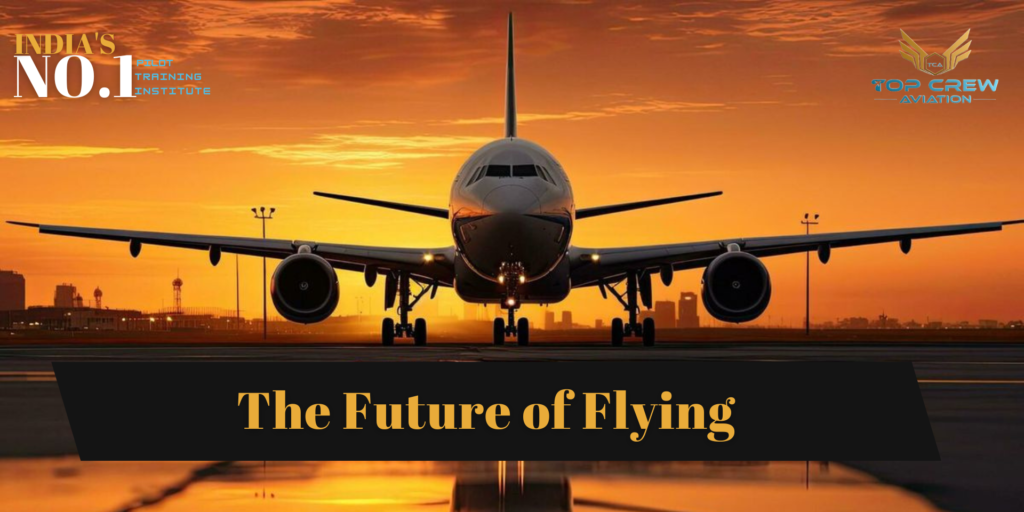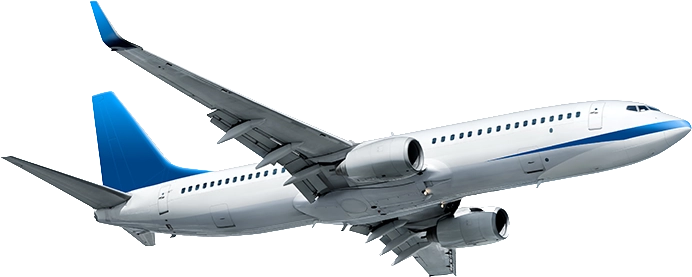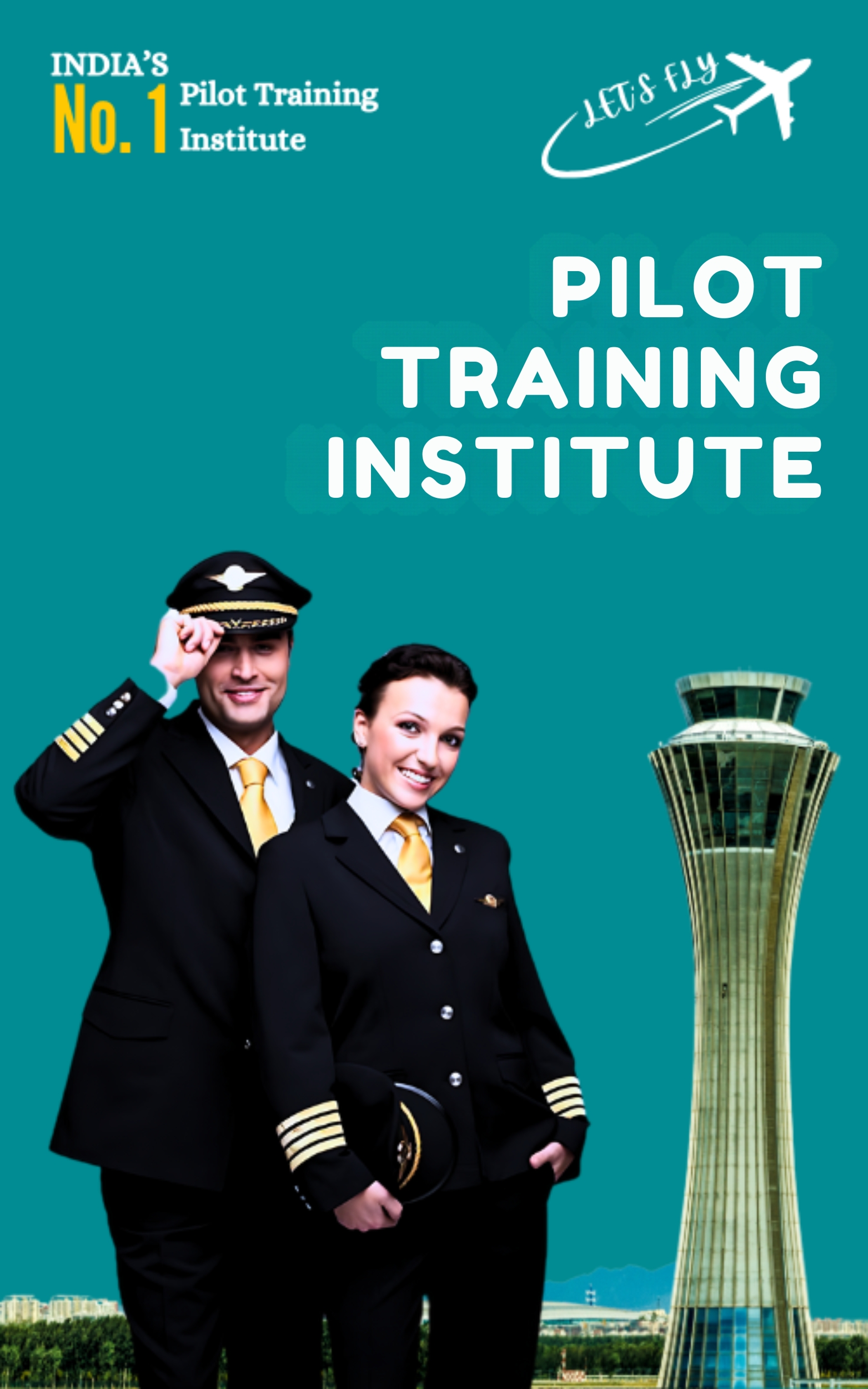The Future of Flying: The Next Plane That Will Revolutionize Everything
Imagine getting on a plane in 2030. The seats are plushier, the interior resembles a high-tech lounge, and you know your flight will be powered by renewable energy. Sounds like fiction, doesn’t it? It isn’t. The flying world is doing its best to bring this fantasy into reality. In the next decade, a new generation of aircraft will soar into the skies, flying faster, cleaner, and more comfortably than ever before. Let’s take a close look at the aircraft and technology that will revolutionize the way we fly.
Introduction: A New Era of Flight
Since the Wright brothers took to the skies in 1903, air travel has come a long, long way. From the creation of the jet engine to the birth of giant double-decker planes such as the Airbus A380, every innovation has brought us that much closer to a future where aviation will be quicker, safer, and more convenient. But as the globe becomes increasingly interconnected, the airline sector is confronted with a new set of challenges such as reducing its carbon footprint, making aircraft more fuel efficient, and accommodating growing customer needs.
What’s the good news? The future generation of airplanes is ready to tackle these challenges head-on. The future of flying looks brighter than ever, with fuel-efficient, sleek planes and hydrogen-powered planes. And the best news? These innovations are not just about making planes better, but also about making the entire flying experience better for you.
Game-Changing Commercial Aircraft Coming Soon
Airbus A321XLR: The Long-Haul Game Changer-
Picture taking a trip from New York to Lisbon on a shiny, narrow-body airplane that is as comfortable and much more economical than a huge, wide-body plane. That is the promise of the Airbus A321XLR. With a range of 4,700 nautical miles, this plane is perfect for ilong-haul flights that do not need a big plane. It’s like switching from a gas-guzzling SUV to a fuel-efficient sedan—except that this vehicle can fly across oceans. The A321XLR, scheduled to enter service in 2024, is already making waves in the aviation sector.
Boeing 777X: The King of Long-Haul Efficiency-
If the Airbus A321XLR is the sky’s sedan, the Boeing 777X is the luxury SUV. This next-generation widebody jet is designed for long-haul flights, with unmatched fuel efficiency and passenger comfort. With its massive engines and advanced aerodynamics, the 777X burns 10% less fuel than its predecessors, saving airlines and the environment. In addition, the spacious cabin and larger windows will make long flights seem less packed. The 777X will enter service in 2025.
COMAC C919: China’s Answer to Airbus and Boeing-
China is leaving its imprint on the international aviation map with its indigenous first narrow-body jet, the COMAC C919. The airliner, which competes with Airbus A320 and Boeing 737, is a manifestation of China’s rising power in the aviation sector. After initial teething troubles, the C919 will be in the skies soon, providing airlines with an alternative, fuel-efficient choice for short- and medium-haul flights.
Embraer E3 Series: The Future of Regional Travel-
Embraer’s E3 line will transform regional air travel by providing faster trips between smaller destinations. The planes are more efficient and green, a smart option for airlines seeking to cut costs while minimizing their carbon footprint. The E3 line’s enhanced engines and advanced avionics will provide a smoother, quieter flight experience for passengers. The airplanes will be airborne by 2024.
The Rise of Electric and Sustainable Airplanes
The airline business is moving towards electric and sustainable aircraft in order to cut emissions and fuel consumption. Airbus and Eviation are making electric airplanes with lower prices and reduced noise. While there are still challenges, zero-emission flights are the way of the future for air travel. Here are some upcoming concept aircrafts-
Airbus ZEROe: Driven by Hydrogen-
Picture this: an airplane that spits out nothing but water vapor. That is Airbus’ vision in its ZEROe program, developing hydrogen-powered planes by 2035. Hydrogen is an emission-free-burning fuel source with no CO2 emissions, and it can revolutionize aviation. Okay, okay, it is not exactly easy, to say the least, to have to develop infrastructure to produce and store hydrogen. But the ZEROe program marks a major development toward a less polluted future.
Boeing’s Blended Wing Body: A Glimpse into the Future-
Boeing is also investigating some cutting-edge ideas, including the blended wing body (BWB), which resembles something from a science fiction movie. It combines the fuselage and wings into one solid, streamlined piece, making them more fuel-efficient and aerodynamic. While still in the testing phase, the BWB could revolutionize the very nature of air travel by making it cleaner and more efficient in the future.
Eviation Alice: The Electric Commuter Plane-
For short-range flights, Eviation Alice will be the first electric commuter airplane in the world. This plane with no emissions and lower running costs is ideal for city to city travel. Envision getting onto a serene, eco-friendly airplane for a speedy journey between cities—the flight equivalent of an electric car. Alice will become operational in 2024, and it has already created waves in the aviation world and amongst passengers.
Supersonic and Hypersonic Travel: Faster Than Ever
Supersonic aircraft such as Concorde used to change the world of air travel, but others are now setting their sights higher. these supersonic aircraft fly beyond Mach 1, while hypersonic vehicles can hit Mach 5+, making flights much faster. With developing aerodynamics and propulsion, future air travel could be quicker than ever.There are some supersonic and hypersonic rumored to be coming in the future.
Boom Supersonic Overture: The Concorde’s Return
Remember the Concorde? Supersonic flight returns with Boom Supersonic’s Overture airplane. Overture’s Mach 1.7 top speed will halve travel times across cities such as New York and London. And the good news? It’s on target to be carbon-neutral with sustainable aviation fuels. Boom expects to start flying tests in 2026, followed by commercial operation at the end of the decade.



